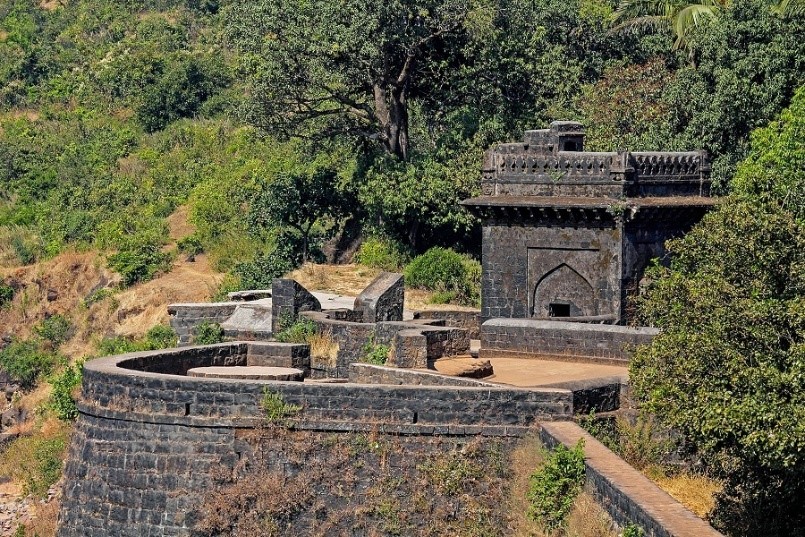Free Courses Sale ends Soon, Get It Now


Free Courses Sale ends Soon, Get It Now



Disclaimer: Copyright infringement not intended.
Context:
Theme: 'Discover and Experience Diversity'
Panhala Fort
Location and Significance
History
Construction and Early Years
Under Various Dynasties
Shivaji's Rule
Under Kolhapur Kings
British Rule and Later
Major Features
Significance of Panhala Fort
Architectural Features
READ ABOUT WORLD HERITAGE SITE: https://www.iasgyan.in/daily-current-affairs/world-heritage-site
|
PRACTICE QUESTION Q. Panhala Fort is located in which state of India? A) Karnataka B) Maharashtra C) Goa D) Kerala Answer: B) |
© 2024 iasgyan. All right reserved